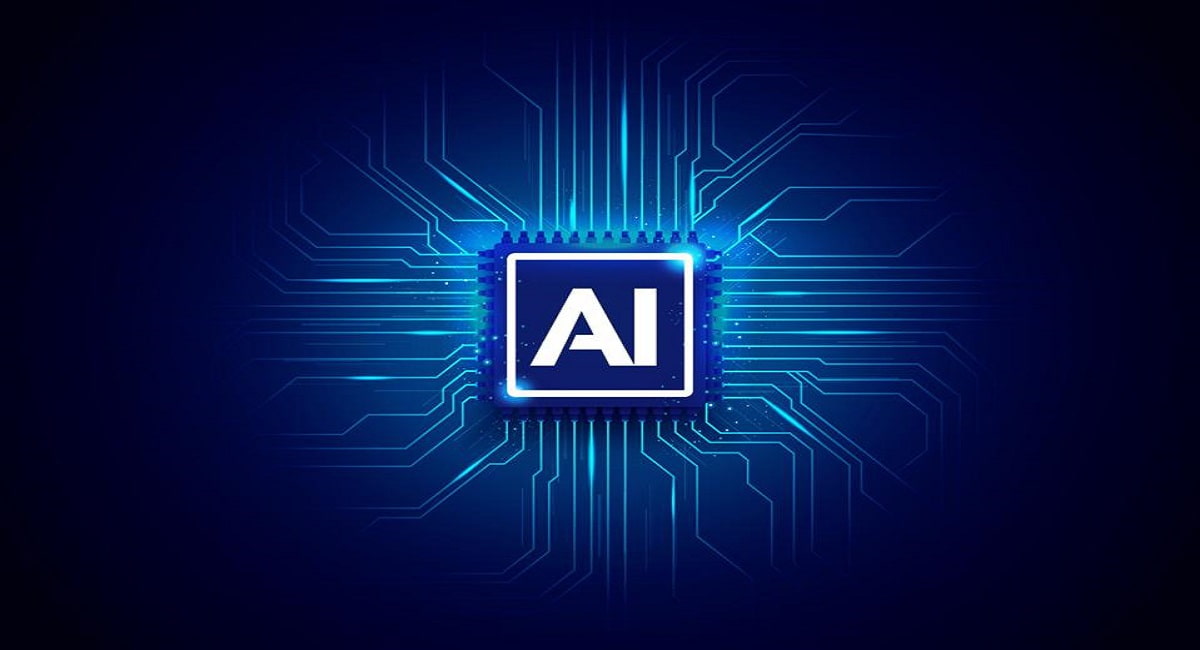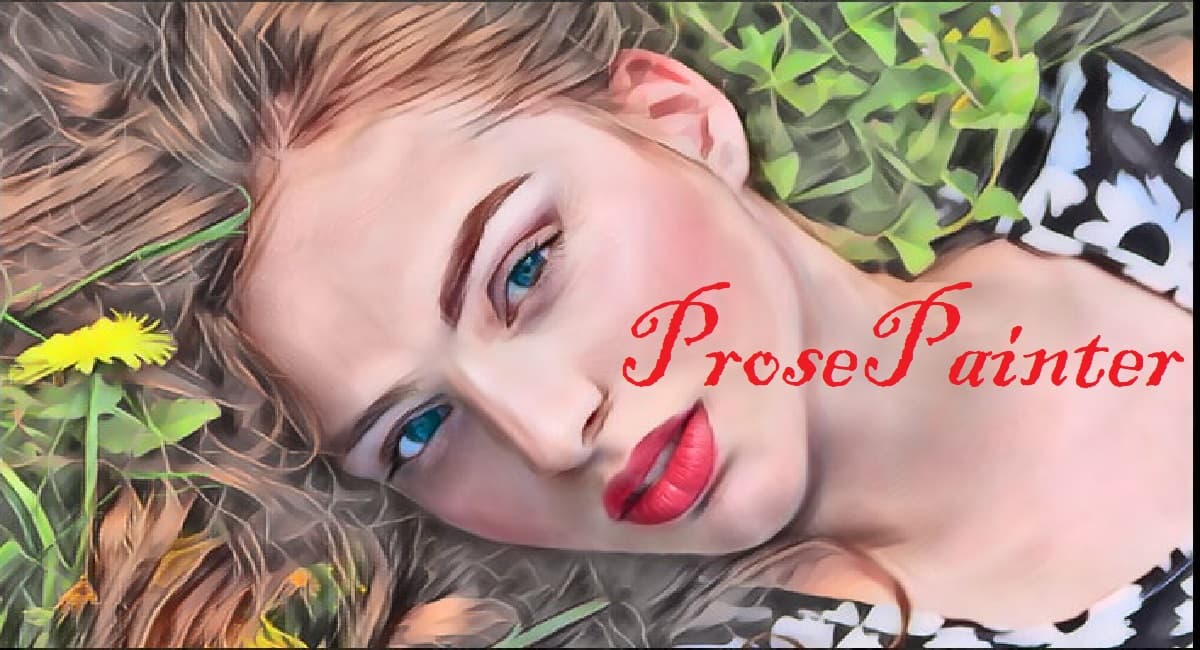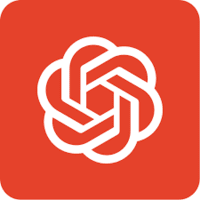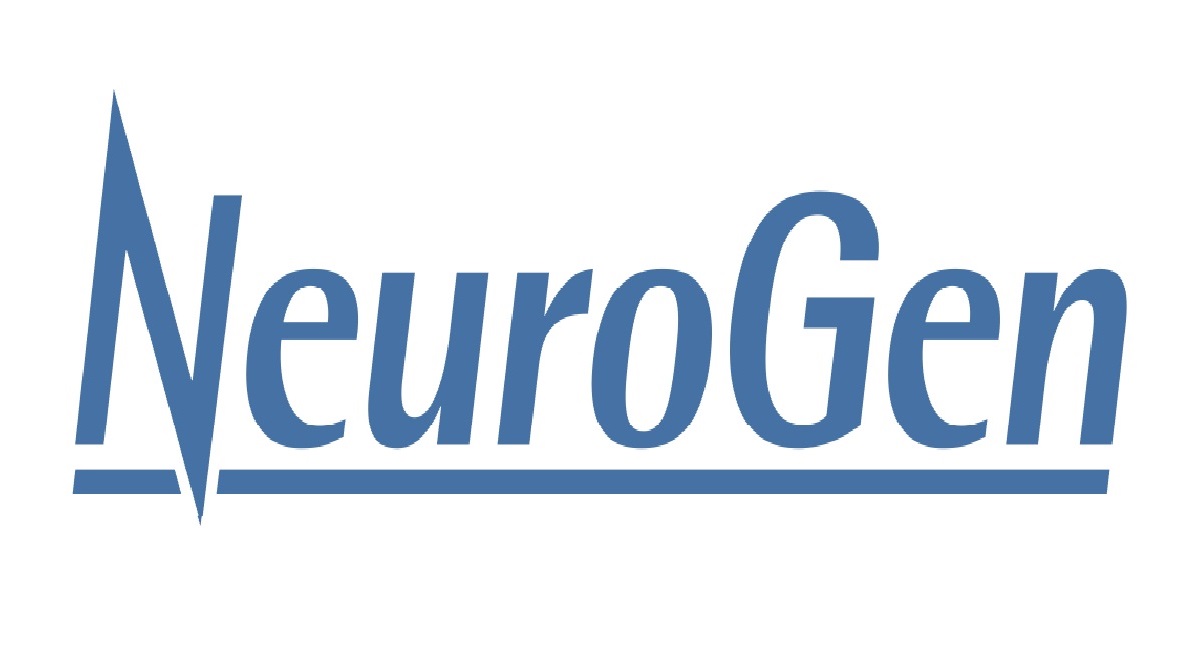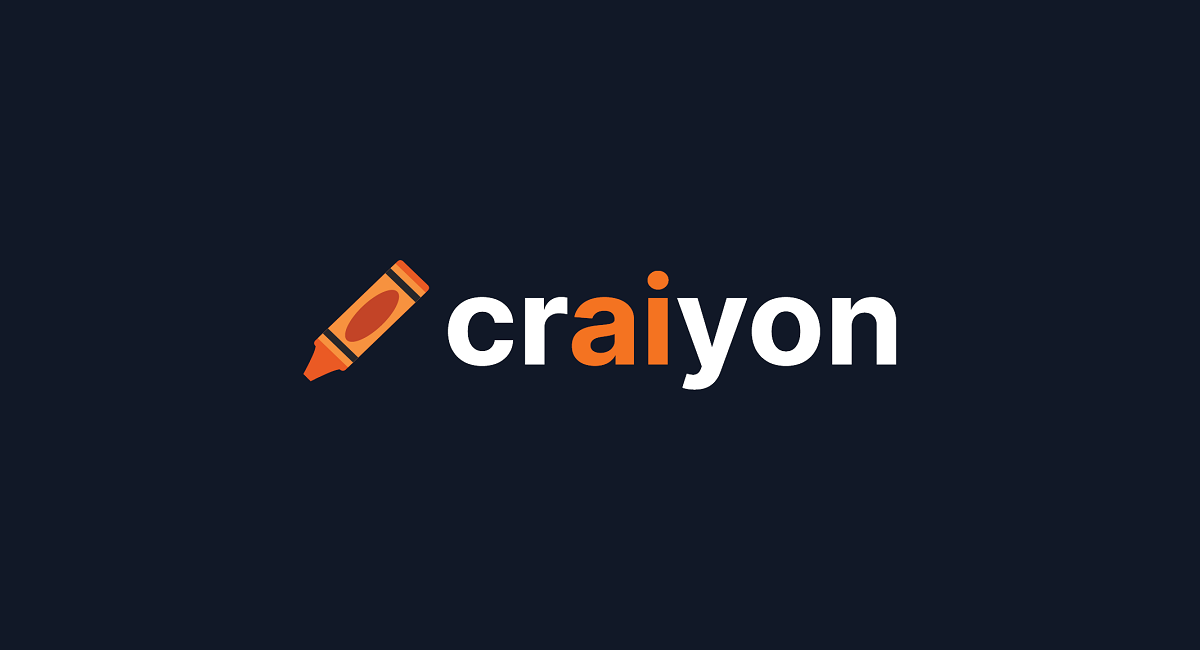Do you want to convert your words into pictures or art to make them more attractive and expressive? Here we listed sites like DALL·E, these alternatives use the most advanced AI technology that converts your speech into words by using 10-bit colors and generates a sharp and HP picture.
What is Dall-E?
DALL·E is an application utilizing a dataset of text to photo matches which is a 12-billion boundary rendition of GPT-3, which is prepared to produce pictures from the text. Developers perceive that work including generative models has the potential for massive, expansive cultural effects because it is easy to recover any rectangular district of a current picture that stretches out to the base right corner in a way that is predictable with the text brief.
Makers have intended to examine how models like DALL·E connect with cultural issues like economic effect on specific work cycles and callings, the potential for predisposition in the model results, and the more extended-term moral difficulties suggested by this innovation.
There are up to 13 Dall-E Alternatives. It has features like AI Art Generator, Design-tools, Text-to-image and VQGAN-clip. The best alternative to Dall-E is Craiyon, which is Free. The other best apps like Dall-E are DALL·E, MindsEye Beta, and NeuroGen.
Pricing
Dall-E Information
13 Best Dall-E Alternatives
1: CogView
CogView is an advanced platform specializing in text-to-image generation using a VQ-VAE model instead of dVAE. Developers can use it for style learning, design planning, picture captioning, and more, though it does not provide quantitative results.
2: VQGAN+CLIP
VQGAN+CLIP is an innovative AI model developed by OpenAI that builds on the CLIP architecture. Known for its high-resolution outputs and interactive features, it sets a new standard for AI-generated art compared to earlier models like AttentionGAN.
Advertisement
3: NeuralBlender
NeuralBlender is software that uses advanced AI technology to create images from text input. It offers free image creation with optional premium features. Users can choose from various AI models to suit their creative needs.
4: AI Art Maker
AI Art Maker can transform users' creative minds into artistry, and if clients want to make AI crafts for NFT can check out its NFT generator. Its AI makes crafts and pictures because of text guidelines controlled by the most recent innovation. AI Art Maker has a great AI but not the best, but still, clients can make sensible changes to the seed picture with basic, substantial directions. This product stores cryptographic hashes of produced illustrations, not the actual designs…
Advertisement
5: ProsePainter
ProsePainter combines text-to-image generation with traditional digital painting tools. It features rich customization options, filters, and effects, allowing users to create stunning visual projects effortlessly.
6: Hypnogram.XYZ
HypnogramXYZ is an AI-powered application for generating art based on user-provided descriptions. It works seamlessly across devices, including PCs, tablets, and smartphones, making it accessible for all users.
Advertisement
7: Starryai
Starryai is an AI art generator that converts text prompts into masterpieces. Designed for both Android and iOS, the app simplifies the process of creating AI art, making it accessible to a wide audience.
AI Art Studio by Latitude enables users to create immersive, AI-powered virtual worlds. With a focus on creativity and limitless possibilities, the platform offers dynamic and engaging experiences.
9: Snowpixel
Snowpixel allows users to turn text prompts or uploaded images into creative artwork. It offers structured tools for editing final outputs and provides unique photos that users fully own.
10: DALL·E 2
DALL·E 2 is a next-generation AI system capable of creating detailed, realistic images and artwork from everyday language descriptions. It combines attributes, styles, and concepts for versatile creations.
11: NeuroGen
NeuroGen is an online tool for quickly generating AI art. Users simply input a description, and the platform creates multiple images in minutes. The program is easy to download and share.
12: MindsEye Beta
MindsEye Beta is a graphical interface for running AI art models like Disco Diffusion v5, without requiring coding knowledge. Built on open-source resources, it offers a user-friendly experience for creating AI-driven art.
13: Craiyon
Craiyon, formerly known as Small DALL·E, is an AI model that generates images based on text prompts. OpenAI requested the developers to change the application's name, which had gone viral, to prevent confusion with their own model. Users can explore the model's limitations and capabilities in real time and document them in greater detail through the Craiyon platform and its corresponding model card.




